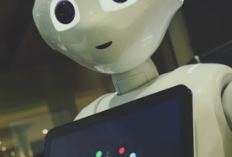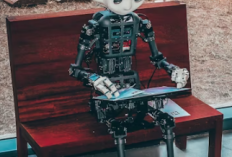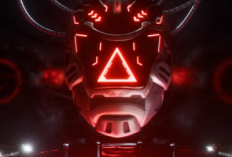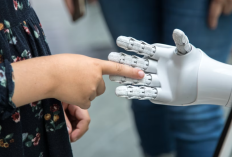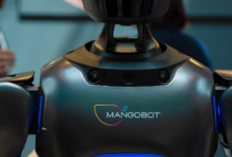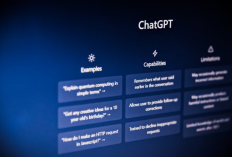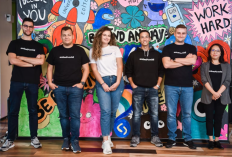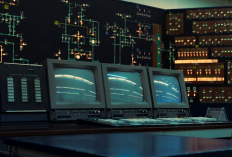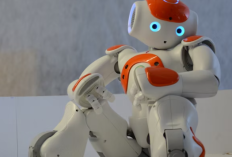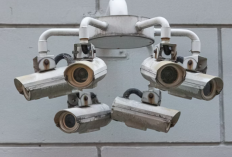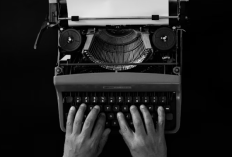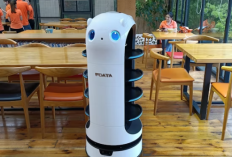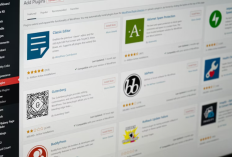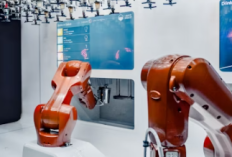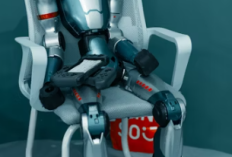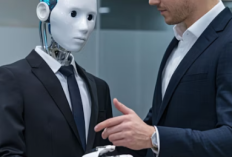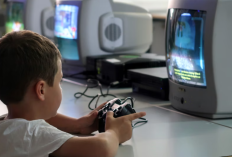AI Breakthroughs Driving the Next Industrial Revolution
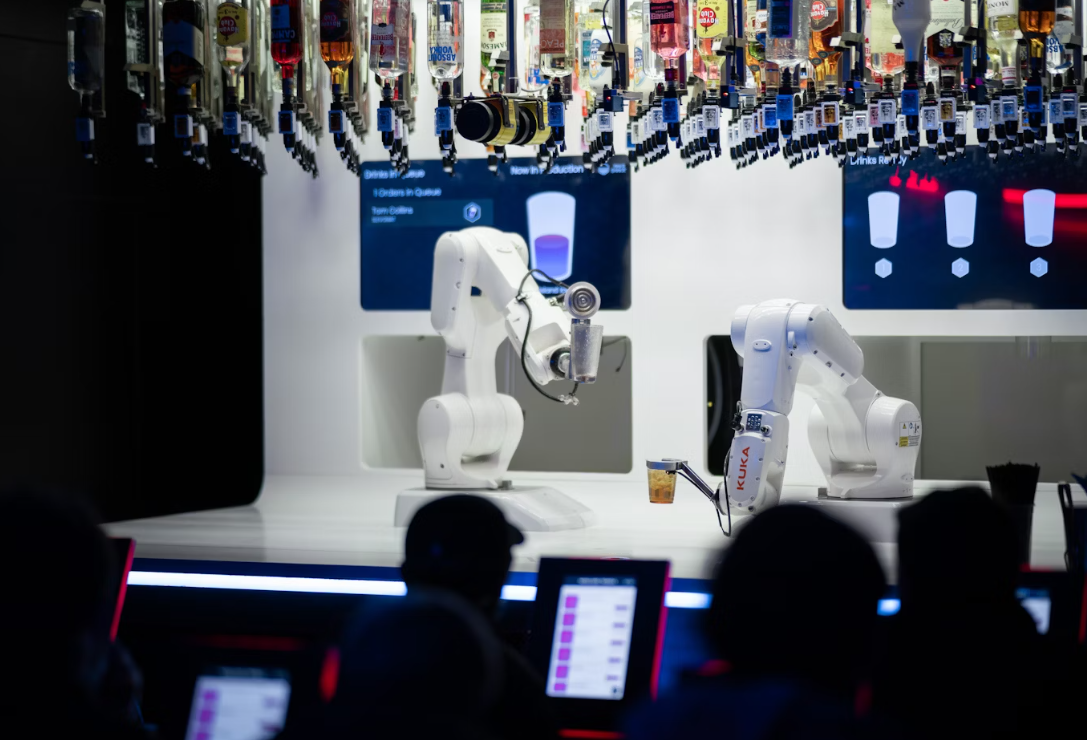
a-group-of-people-sitting-in-front-of-laptops-Michael Fousert-https://unsplash.com/
AI Breakthroughs Driving the Next Industrial Revolution
Imagine stepping into a factory where the hum of machines is orchestrated not by humans, but by intelligence that learns, adapts, and predicts. The air is filled with a quiet rhythm of automated processes, yet everything feels alive—reacting, anticipating, and evolving. You feel it the moment you enter: this is not a factory of today, but a glimpse into a future powered by artificial intelligence.
1. Machines That Learn Like Humans
AI today is not just a tool—it’s a partner in creation and optimization. Unlike traditional software, modern AI systems learn patterns, make predictions, and adjust behaviors without constant human input. Imagine a production line where every machine predicts maintenance needs before failure occurs, or where logistics routes self-optimize to reduce energy consumption. You, as a visitor, notice the seamless coordination and feel the invisible intelligence guiding every action.
The breakthroughs are not only technical—they redefine human experience in industrial spaces. For engineers, AI reduces guesswork; for managers, it turns mountains of data into actionable insight; and for employees, it removes repetitive strain, allowing them to focus on creativity and problem-solving.
2. Autonomous Decision-Making and Smart Factories
Walking through a smart factory, it’s impossible not to notice the subtle harmony. Robots adjust their movements in real-time based on sensor data, and predictive algorithms guide the flow of materials with near-perfect precision. You feel a sense of trust and wonder: the machines are making decisions, but in ways that amplify human potential rather than replace it.
Smart factories are now powered by AI that learns continuously. Each cycle of production improves on the previous one. The factory doesn’t just operate; it evolves. And as you watch, you realize the line between human and machine input has blurred, creating a hybrid intelligence that fuels productivity at scales previously unimaginable.
3. AI-Driven Industrial Research and Innovation
Innovation itself is accelerating under the influence of AI. Imagine standing in a lab where algorithms suggest new materials, predict mechanical performance, and simulate entire production scenarios before a single prototype is built. You feel the excitement: ideas that once took years to test can now be explored in hours. AI is effectively a research partner, freeing scientists and engineers to focus on creativity and strategic problem-solving.
This shift also changes your perception as a visitor—you begin to see industrial spaces as dynamic ecosystems of learning rather than static production lines. Every machine, sensor, and system contributes to a collective intelligence that drives the next industrial revolution forward.
4. The Human-AI Collaboration Experience
As you move through these industrial environments, you notice the human element hasn’t disappeared—it has transformed. Operators interact with AI systems through intuitive dashboards, voice interfaces, or augmented reality overlays. You might see an engineer adjusting parameters with gestures while AI predicts outcomes in real time. It feels like a dance, where human intuition guides the intelligence of machines, and machines amplify the power of human decisions.
AI does not replace your presence; it enhances it. The sense of control is intact, yet your awareness expands—you can oversee entire production processes without being physically everywhere. As a visitor, you feel empowered, almost as if you’re witnessing the first steps toward a co-evolution between humans and technology.
5. Predictive Analytics: Seeing the Unseen
In this new industrial era, data becomes the lifeblood of AI-driven operations. You can almost see it flowing: sensors collecting information on temperatures, pressures, and mechanical stress, feeding algorithms that predict everything from machine failure to market demand. It’s like watching the invisible forces of the factory made visible through AI insights.
You start to appreciate the scale of impact—predictive analytics doesn’t just optimize production; it shapes business decisions, supply chains, and energy consumption. The factory feels alive, learning from itself and its environment continuously, a self-refining organism powered by intelligence.
6. Personalized Industrial Experiences
One surprising effect of AI breakthroughs is the personalization of industrial experiences. You notice that each team member interacts with systems differently based on their role, expertise, and preferences. AI adapts to the individual, tailoring dashboards, alerts, and predictive guidance to optimize workflow. You feel the personalization subtly: no one experience is exactly like another, yet every interaction feels natural, intuitive, and empowering.
Even visitors like you get a tailored glimpse of the factory’s workings. Augmented reality tours might highlight areas of innovation that align with your interests or expertise, making the learning process immersive and highly engaging. You’re no longer a passive observer; you are part of the industrial ecosystem, guided by AI’s invisible hand.
7. Global Implications: AI as Industrial Game-Changer
Looking beyond the factory walls, you realize the implications of AI breakthroughs extend globally. Supply chains that span continents can now self-optimize. Energy grids, transport networks, and logistics hubs are integrated with predictive AI systems. The industrial revolution you are witnessing is not isolated; it’s interconnected, accelerating, and reshaping how humanity produces, consumes, and innovates.

